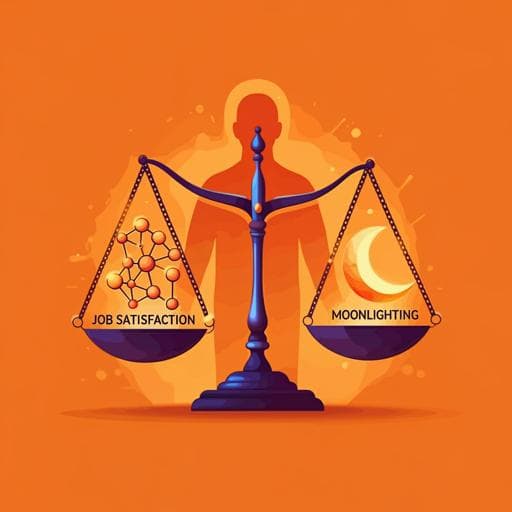
Business
The effect of job satisfaction and moonlighting intentions with mediating and moderating effects of commitment and HR practices an empirical study
K. D. V. Prasad, S. Kalavakolanu, et al.
This study by K. D. V. Prasad, Sripathi Kalavakolanu, Tanmoy De, and V. K. Satyaprasad delves into the intriguing dynamics between job satisfaction and moonlighting intentions among IT professionals in Hyderabad. Discover how organizational commitment and human resource practices play crucial roles in this relationship.
~3 min • Beginner • English
Related Publications
Explore these studies to deepen your understanding of the subject.







